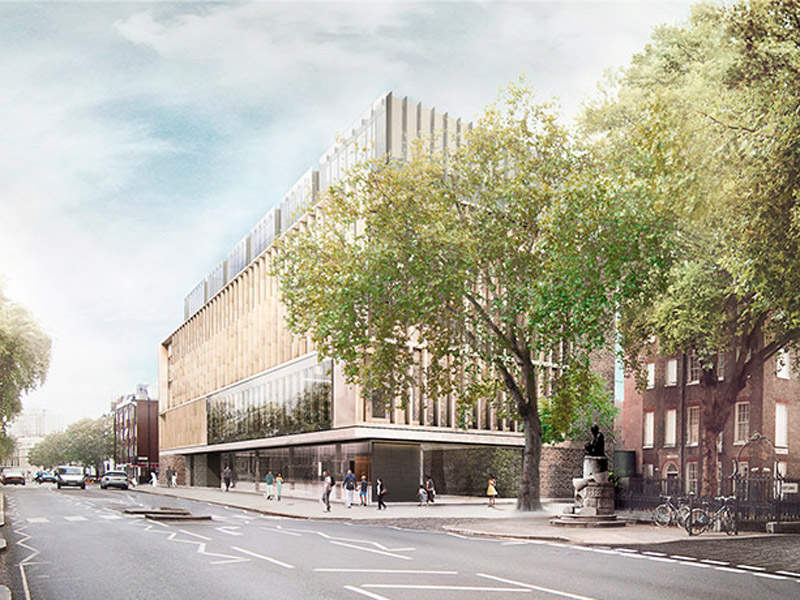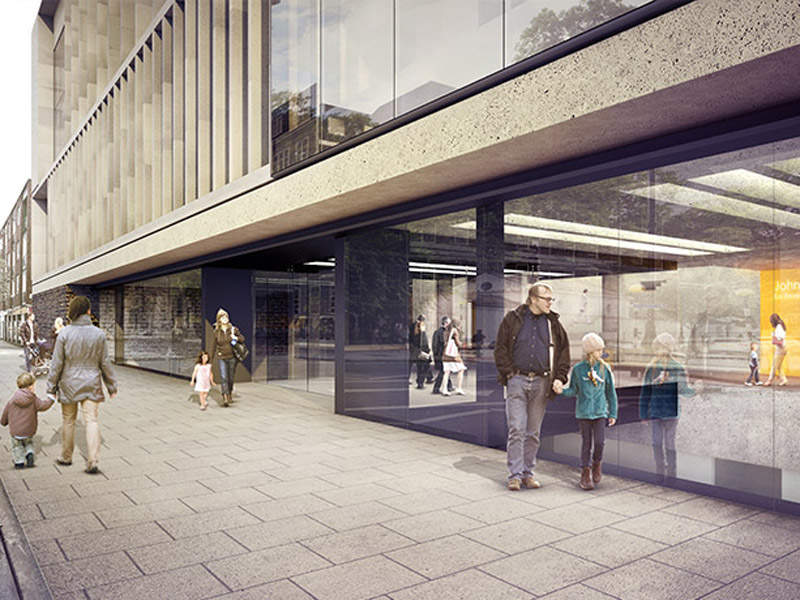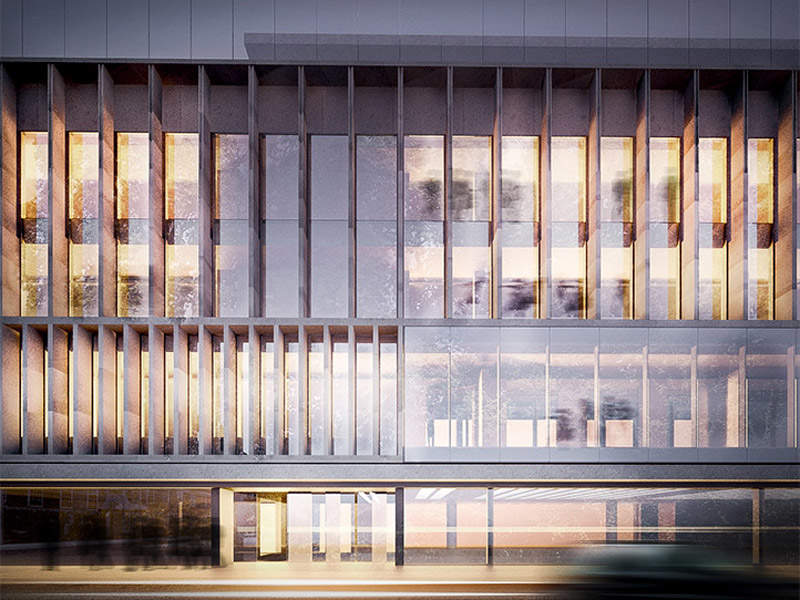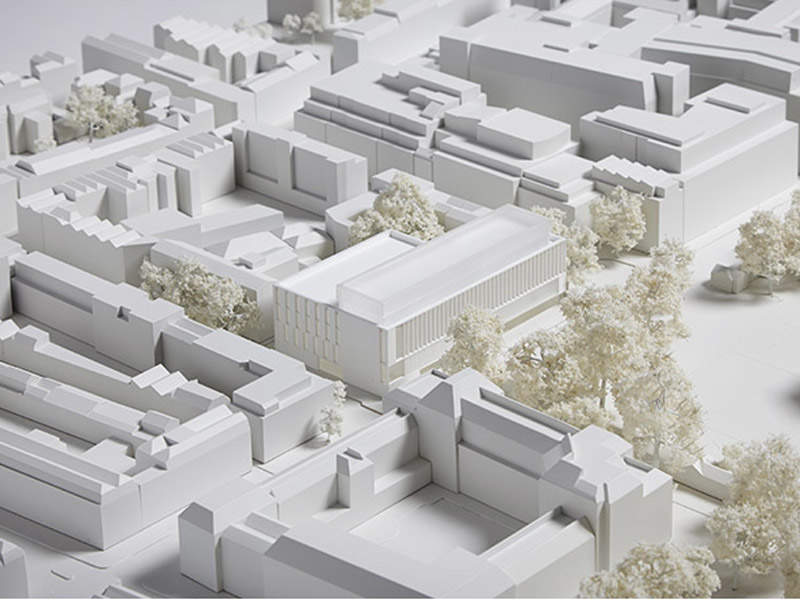Construction of the Zayed Centre for Research into Rare Disease in Children in London, UK, is expected to begin in March 2016. The research centre will be located near Great Ormond Street Hospital (GOSH) and the University College London (UCL) Institute of Child Health (ICH).
The centre will have facilities to allow clinicians and researchers to work together to understand rare diseases, identify new and improved treatments and manufacture innovative medical devices.
The facility is named in honour of Sheikh Zayed bin Sultan Al Nahyan and developed as a partnership between GOSH and UCL. Plans for the facility’s construction were approved by councillors at Camden Town Hall in March 2015. The construction is expected to be completed by 2018.
Location of the Zayed Centre for Research into Rare Disease in Children
The research facility is located next to Great Ormond Street Hospital, which treats around 1,300 children from more than 80 countries.
Facilities at the rare disease research centre
The research facility will occupy a six-storey building with more than 13,000m² of total floor space. It will have two set-back levels and be equipped with sophisticated laboratory facilities, as well as a large outpatient facility spread across two floors.
The facility will include a variety of laboratories, specialist equipment rooms and workspaces for experts to develop diagnostic procedures, manufacture gene and cell therapies, and create personalised medical devices. Two large laboratories will be located on the lower ground floor.
Cardiology and flow cytometry suites for the counting, storing and analysis of cells with laser technology will be included. Freezers and liquid nitrogen stores will also be included in the facility.
A good manufacturing practice (GMP) facility will be located on the fourth floor, which will carry out research on 6,000 known conditions, including cancers, cystic fibrosis and muscular dystrophy. It will manufacture specialist products for novel therapies, which will help develop regenerative medicine programmes for children with absent or damaged tissues.
The GMP facility will accommodate around 400 academics and clinical staff, as well as 150 laboratory bench positions. It will house more than 200 patients and accompanying family members.
Sustainability profile of the Zayed Centre for Research into Rare Disease in Children
The facility will be built with the aim of achieving Building Research Establishment Environmental Assessment Methodology (BREEAM) certification. It will feature a high-performance building envelope, which is intended to preserve heat and prevent dampness.
Other sustainability measures include low-energy and motion-responsive lighting, water conservation systems and rainwater recycling, combined heat and power (CHP) plant, the use of recycled materials for construction, solar panels at roof level to supplement the energy needs, and a green roof.
Contractors involved in the project
The £42m ($60.27m) design contract was awarded to Stanton William Architects. Other contractors associated with the project include Gardiner and Theobald as cost consultant and project manager, BHSLA as landscape architects, and Pell Frischman as structural engineer.
Hoare Lee is the services, environmental and BREEAM engineer for the project, Turner and Townsend is the CDM coordinator, DP9 is the planning consultant, and Eckersley O’Callaghan is the façade consultant.
Financing for the project
The total cost for the research centre’s construction is estimated at £90m ($129.04m).
The project was initiated by the chairwoman of the United Arab Emirates (UAE) General Women’s Union, Her Highness Sheikha Fatima bint Mubarak, whose late husband Sheikh Zayed bin Sultan Al Nahyan donated £60m ($86.10m) to the project in July 2014.
Great Ormond Street Hospital Children’s Charity will raise £20m ($28.70m) of funds for the project, while a £10m ($14.35m) grant will come from the Higher Education Funding Council for England’s Research Partnership Investment Fund.







